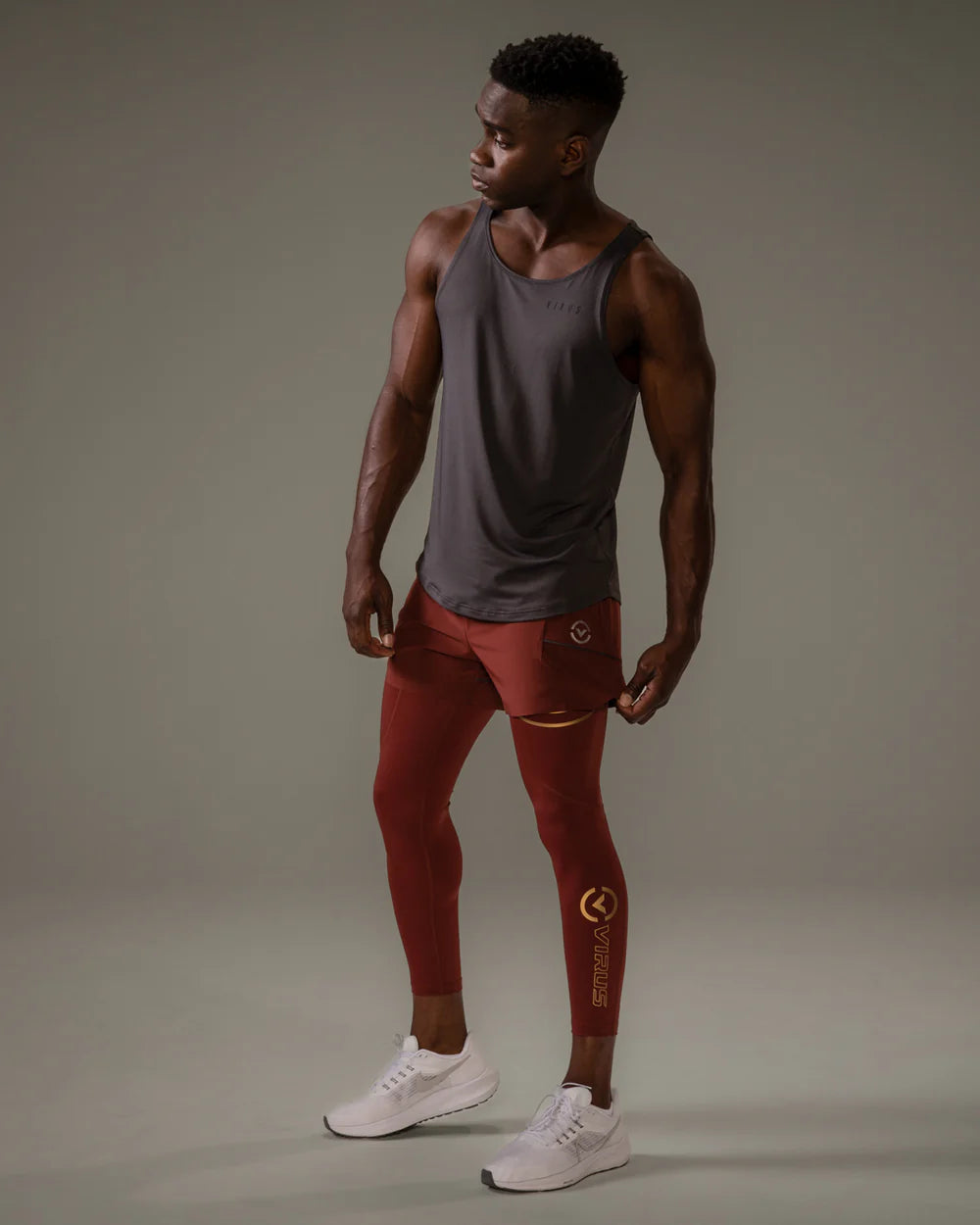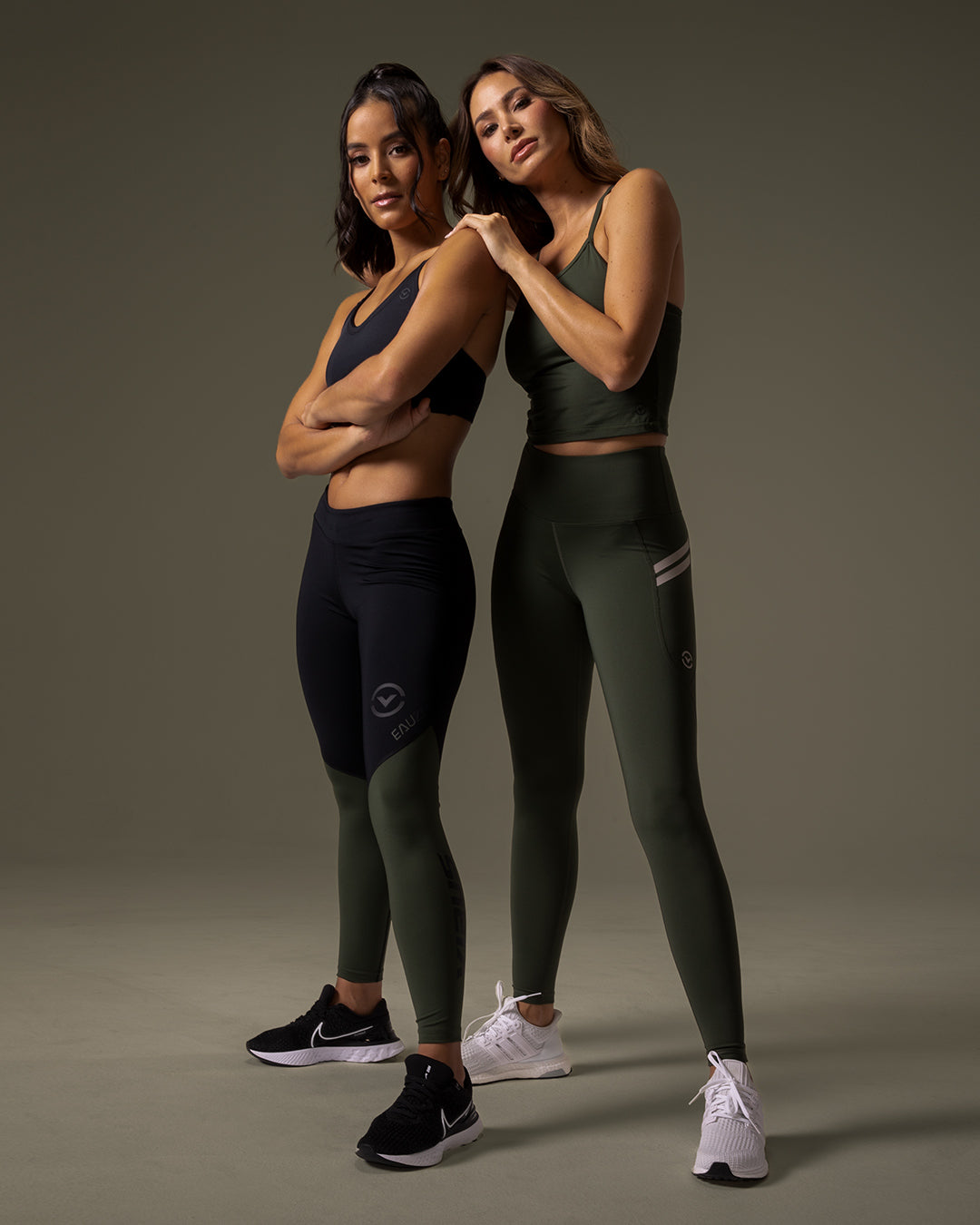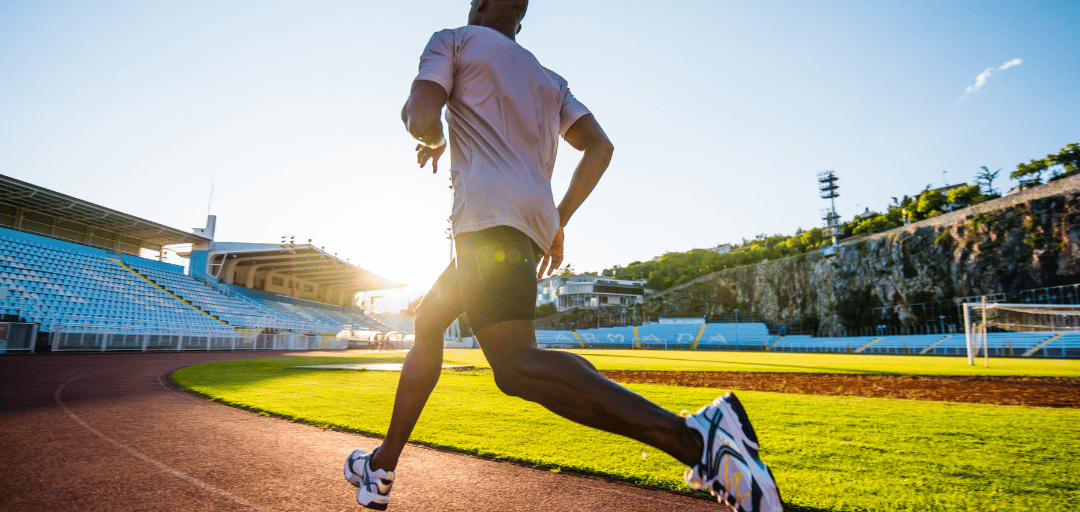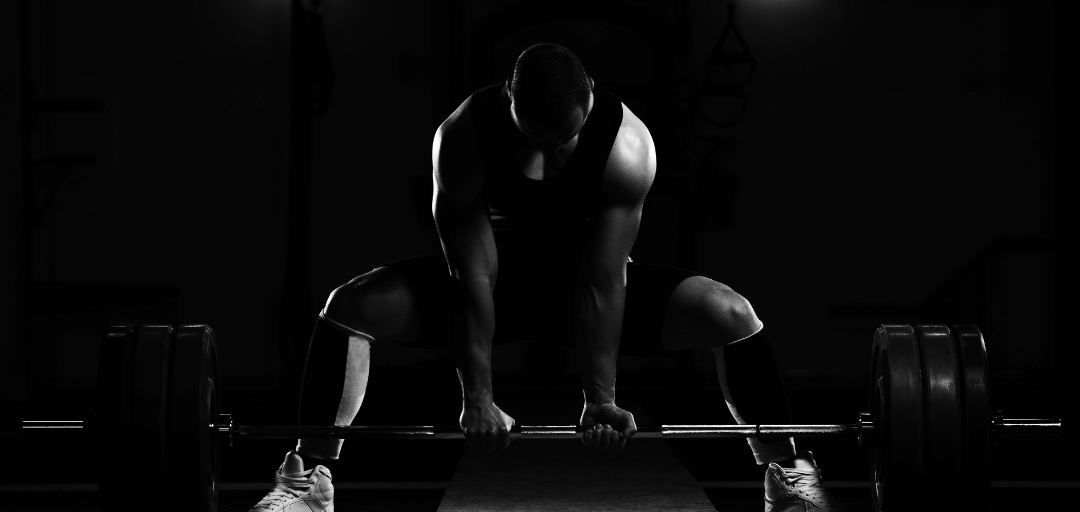Maximize Your Run: How to Choose the Best Compression Leggings for Running Performance
Welcome, fellow runners and fitness enthusiasts! As a dedicated marathoner and a fervent believer in the fusion of technology and training, I know firsthand that the quest for peak running performance often leads us down the path of gear optimization. One crucial piece of this performance puzzle is selecting the right apparel, and no item is more pivotal to this than compression leggings for running. These aren't just any run-of-the-mill tights; they're a piece of engineered fabric designed to work with your body as it pushes through those miles. Join me as we delve into the science and practicality of these garments, ensuring that your next run is not just a step, but a leap forward in personal performance.
The Impact of Compression Leggings on Running Economy
When we lace up our running shoes and chart the course for our next run, we're not just investing time into our health; we're looking to make every stride count. One aspect often overlooked by many runners is the subtle yet significant role that compression leggings can play in enhancing running economy. But what exactly is running economy, and how do compression leggings influence it?
Running economy is often described in terms of the oxygen uptake required at a given pace. It's a critical factor in long-distance running because a more economical runner will use less energy and, consequently, less oxygen for the same pace compared to someone with a poorer running economy. This efficiency is the cornerstone of endurance performance.
Studies have shown that compression garments can have a positive impact on a runner's biomechanics by providing targeted pressure to specific muscle groups. This pressure can reduce muscle oscillation during running, which is the vibration of muscles as they make contact with the ground. By curtailing this motion, compression leggings may help to decrease the energy wasted in extraneous movement, funneling that energy back into forward propulsion.
Moreover, the graduated compression of these leggings is engineered to enhance blood circulation. Improved circulation means more efficient oxygen delivery to the muscles and faster removal of metabolic waste products such as lactic acid. The theory suggests that this mechanism allows for a prolonged maintenance of optimal muscle function, which directly ties into a more favorable running economy. The potential benefits also include a reduction in muscle fatigue, which allows you to maintain form and technique over greater distances—a vital factor in marathon training and other endurance challenges.
While compression leggings cannot directly make you faster by improving your VO2 max—the maximum rate of oxygen your body can use during exercise—they can indirectly contribute to performance by potentially allowing you to run the same pace with less effort. Think of them as a tool in your kit that complements your training and recovery protocols.
One factor often not adequately addressed is the psychological benefit wearers report. The feeling of support and reduced muscle movement provides a sense of stability and confidence, which can be particularly valuable on longer runs where mental fatigue can be as demanding as the physical aspect. It's this symbiosis of mind and body that truly defines the spirit of long-distance running.
However, it's important to temper our expectations with the understanding that compression leggings are not a miracle solution. Their efficacy varies from one runner to another, and their advantages should be viewed as incremental rather than transformative. It is also worth mentioning that these benefits are more pronounced during recovery, an aspect I'll delve into deeper later on.
When selecting compression leggings for the purpose of enhancing running economy, look for products with medical-grade compression ratings, and those that offer a snug fit without restricting movement or comfort. The level of compression should be high enough to provide the benefits mentioned above but not so tight that it impedes circulation or causes discomfort.
In summation, while the direct impact on running performance is nuanced, compression leggings do provide advantages that could contribute to a more efficient and potentially more enjoyable running experience. These benefits are backed by both scientific research and anecdotal evidence from runners who have integrated them into their athletic wardrobe, making compression leggings a worthy consideration for your training regimen.
In the following sections, we will explore how to choose the right fit for your compression leggings, delve into the best materials and fabrication for your runwear, investigate how they can aid in recovery post-run, and finally discuss how they can help regulate body temperature during your runs.
Go shopping
Choosing the Right Fit: Compression Leggings for Running
Finding the perfect pair of compression leggings is crucial for optimizing your running performance. It's not just about a tight squeeze; it's about achieving that harmonious balance where comfort meets function, providing you with the best possible conditions to excel in your runs. Let's explore the factors that will guide you to select compression leggings that feel like a second skin tailored for your strides.
Understand Compression Levels
- Mild Compression: Ideal for beginners or recovery days, offering gentle support.
- Moderate Compression: The sweet spot for most runners, balancing comfort with muscle support.
- Firm Compression: For those looking to maximize muscle efficiency, though it may feel tighter and less comfortable for some.
Keep in mind that too much compression can be counterproductive, causing discomfort or even restricting circulation. Conversely, too little may not offer the benefits you're chasing.
Get Measured Up
Measure your waist, hips, and inseam to ensure you pick the right size. Compression leggings should fit like a glove, hugging your body without restricting movement or causing chafing. Check sizing charts and, if in doubt, consult with a specialist at your local running store.
Consider the Length
- Full Length: Provides complete leg compression and can offer warmth during colder runs.
- 3/4 Length: A good all-year option that supports key muscles while offering a bit more breathability.
- Shorts: Great for hot weather or indoor running, still offering compressive benefits around the thighs.
The right length for you might also depend on personal preferences and the conditions you typically run in. Longer lengths are not necessarily better; it's about what feels right and serves your needs.
Seam or Seamless?
- Seamless Leggings: Reduce the risk of irritation and are ideal for longer runs.
- Seamed Leggings: Can offer more targeted compression and support, but ensure seams are flat-locked for comfort.
Seaming should reinforce the garment without hindering your movement or causing discomfort over long distances.
Waistband Wisdom
A high-quality waistband is non-negotiable. It should stay in place without digging in or rolling down. Look for a wide, flat waistband with a drawstring for adjustability to secure that perfect fit, even as you move and your body changes through training cycles.
Check for Additional Features
- Pockets: Handy for carrying gels, keys, or a phone. Ensure they're well-placed and secure.
- Reflectivity: Essential for visibility if you often run in low-light conditions.
- Compression Gradients: Some leggings offer varied levels of compression throughout the leg to support different muscle groups efficiently.
While additional features might add to the price, they can significantly enhance your running experience, making them a worthwhile investment for serious runners.
Test for Comfort and Mobility
Once you've selected a pair, do a few test runs in-store, if possible. They should feel snug, but you shouldn't feel restricted in your range of motion. Squat, jump, and perform a few strides to ensure there’s no slipping, pinching, or discomfort.
In the quest to find the perfect pair of compression leggings for your runs, remember to prioritize a balance between compression efficiency and personal comfort. By paying attention to the level of compression, getting proper measurements, and considering details like fabric and special features, you’ll be well on your way to optimizing your running performance and enjoyment of the sport.
Material Matters: Best Fabrics in Compression Runwear
When it comes to selecting high-performance compression leggings for running, the fabric composition is not something to overlook. The material of your compression leggings plays a pivotal role in comfort, durability, and, crucially, the benefits they deliver during your runs. While traditional activewear may be a blend of cotton and synthetic materials, superior compression gear is often a smart blend designed to provide optimal compression, breathability, and moisture-wicking properties.
The most common materials you'll encounter in high-quality compression runwear are nylon and spandex, sometimes known as Lycra. Nylon boasts exceptional stretchability and resilience, making it ideal for the repetitive motions in running. It's also incredibly durable, ensuring your leggings withstand the test of time and the elements. Spandex, on the other hand, is celebrated for its significant elasticity, which is essential to provide the level of tightness needed for compression. These materials work synergistically to deliver a compressive yet comfortable fit that contours to your body and enhances blood circulation.
Other materials may include polyester, which provides excellent breathability and moisture-wicking abilities. This is especially important to prevent the accumulation of sweat, which can lead to discomfort and chafing. Advanced technical fabrics may also incorporate features such as antimicrobial properties to prevent the buildup of bacteria and the consequent odors, ensuring a fresher experience post-run.
For the eco-conscious runner, there are even sustainable options cropping up in the form of recycled fabrics that provide the same performance benefits without the environmental impact. These eco-friendly materials are not only good for the planet but also deliver the compression and breathability you expect from high-quality runwear.
Let’s compare the properties of some standard fabrics used in compression leggings:
| Material | Elasticity | Durability | Moisture-Wicking | Breathability | Additional Features |
|---|---|---|---|---|---|
| Nylon | High | Excellent | Good | Good | Resilient to wear-and-tear |
| Spandex/Lycra | Very High | Good | Varies | Varies | Essential for compression benefits |
| Polyester | Moderate | Very Good | Excellent | Excellent | Often used in blends for moisture management |
| Recycled Fabrics | Varies | Good - Excellent | Good - Excellent | Good - Excellent | Eco-friendly, often combines properties of other materials |
When evaluating the material for your next pair of compression leggings, focus on how these qualities will pair with your individual needs. Consider the conditions in which you'll be running—will you be facing high humidity or dry heat? Are you training for a marathon with extended periods of wear? Answering these questions can steer you towards the best fabric combination for comfort and performance.
Take the time to touch and stretch the fabric when possible, looking for a smooth and firm finish that suggests good compression without compromising on elasticity. Keep an eye out for leggings that offer graduated compression—a variance in compression levels throughout the garment which can be advantageous for increased blood flow and muscle support.
Ultimately, the choice of material in your compression leggings will greatly influence their performance and affect your comfort on the run. The right combination of fabrics will not only promote recovery and decrease muscle soreness but also enhance your running experience by managing temperature and moisture efficiently.
Go shopping
Enhancing Recovery with Compression Leggings
Anyone who has pushed themselves through the paces of a strenuous run knows that recovery is as crucial as the training itself. When it comes to aiding that recovery process, not all gear is created equal. Just as the right kind of fuel can help rebuild muscle and replenish energy stores, the right kind of wear can support and accelerate your body's natural recovery mechanisms. Here, we delve into the science behind how compression leggings aid in post-run recovery and what features to look for when choosing a pair with recovery in mind.
The underlying principle behind compression wear is graduated pressure. These specialized leggings are designed to apply a measured amount of compression, which is tighter at the extremities and gradually lessens towards the heart. This design mimics the body's natural venous return, which is the process of blood flowing back to the heart to be re-oxygenated. By enhancing venous return, compression leggings help to reduce the build-up of lactic acid in the muscles – a common contributor to muscle fatigue and soreness post-exercise.
Moreover, the strategic tightness of these leggings facilitates better muscle stabilization. The gentle pressure can reduce muscle oscillation during a run, which leads to less muscle fatigue and soreness. When donned after a run, this same pressure continues to mitigate muscle vibrations and strain as you move around, aiding in quicker muscle repair and recovery.
While discussing recovery, it's also worth mentioning that the psychological benefits of compression wear shouldn't be underestimated. Wearing compression leggings can actually reduce the perception of muscle soreness and fatigue. This psychological edge can make the difference in your willingness to maintain a consistent training schedule, especially on days when your muscles are crying out for a rest.
In addition to reducing muscle fatigue, compression leggings have been shown to help in decreasing the risk of muscle strains and aiding in the reduction of swelling and inflammation post-exercise. Part of this is due to the improved circulation that keeps blood moving, which not only delivers oxygen more efficiently but also helps in flushing out waste products from muscle breakdown.
When choosing compression leggings specifically for recovery, you should consider the level of compression they offer. While high compression might seem beneficial, excessively tight leggings can be uncomfortable and potentially impede circulation, which is counterproductive to recovery. Look for leggings that provide a balance of comfort and support—a good pair should feel like a second skin, offering palpable but not overly constrictive pressure.
Additionally, it’s important to consider the ease of putting them on and taking them off. Post-run, your muscles are fatigued, and wrestling with a pair of too tight leggings is the last thing you'll want to be doing. Opt for a pair with high elasticity and a comfortable waistband, which will provide ease of movement and won't dig into your skin.
Fabric choice can also play a role in recovery. Materials that wick away moisture and provide good breathability will keep your skin dry and comfortable, reducing any potential for chafing or skin irritation that could hinder your recovery. Furthermore, some compression leggings incorporate special fabrics that infuse bioactive minerals, claiming to reflect the body's energy emissions back into the skin and muscles, potentially leading to improved blood flow and reduced inflammation.
It's the consistent, incremental gains that lead to improved endurance and performance. In this light, integrating compression leggings into your post-run routine can be seen as one of many small, yet critical steps in nurturing your body's recovery. The dividends paid in reduced soreness, decreased recovery time, and lower injury rates can be invaluable to both your training progress and your overall running experience.
Temperature Regulation in Running Leggings
As a devoted marathoner and someone who treasures the benefits of a good run, I've always placed importance on how my gear functions in all conditions. Temperature regulation is one of those critical aspects often overshadowed by other features but is paramount in enhancing comfort and performance. When it comes to running leggings, understanding how this function is integrated into their design can be the difference between a suboptimal run and achieving your personal best.
What makes temperature regulation so vital during a run? It's simple. Our bodies generate heat during exercise, and the ability to maintain an optimal body temperature can significantly affect endurance and performance. Too much warmth can lead to overheating and dehydration, while too little can cause your muscles to cool down too rapidly, leading to potential stiffness or injury. Therefore, choosing running leggings that help stabilize body temperature can make a sizeable impact on your running experience.
The technology behind temperature regulation in compression leggings involves a bi-component knit structure that utilizes the properties of various yarns. Some fabrics are designed to wick moisture away from the body, while others retain warmth. The ingenious blend of these fibers can keep the runner dry and comfortable in both cool and warm conditions. Moreover, some higher-end leggings feature strategically-placed thermal panels that provide extra warmth for the muscles commonly susceptible to the cold, like the quadriceps and hamstrings.
Another feature to consider is the breathability of the fabric. Adequate air flow is essential to dispel heat and ensure that moisture evaporates efficiently. This can reduce the risk of chafing, as sweat does not have the opportunity to build up and irritate the skin. In addition, some leggings incorporate mesh panels or have microscopic perforations in the fabric to increase ventilation, promoting a cooling effect especially on warmer days or during indoor runs where temperatures can be more challenging to control.
It is also important to note that different weather conditions demand different types of running leggings. During the colder months, you might want to look for leggings with a brushed interior which provides a layer of insulating air, trapping heat close to your body. Conversely, in warmer climates or seasons, thinner, more breathable materials which facilitate heat dissipation would be your go-to option. While the idea of wearing any type of leggings in hot weather may seem counterintuitive, the right pair with UV protection can also shield your skin from harmful sun rays, making them a smarter choice than shorts on particularly sunny days.
Moreover, let's not overlook the psychological aspect of comfort and how this influences performance. If you're distracted by your body feeling too hot or too cold, you’re less likely to maintain focus on your running technique or race strategy. Leggings that regulate temperature effectively allow a runner to focus on the task at hand—whether it's maintaining pace, monitoring breathing, or conquering that last mile.
To find the ultimate pair of compression leggings that master temperature regulation, look for products that highlight thermal control capabilities in their descriptions. Brands that invest in research and development often tout these features, and for good reason. They understand the science of running and the need for gear that adapts to physiological demands. Your choice should depend on the typical climate you run in, but also the versatility of the leggings to manage different conditions. Always remember that your comfort on the run is not just about enduring the distance—it's also about how well you can maintain your body's internal environment. The right leggings are like a second skin; they should help you to regulate temperature almost instinctively, allowing you to run longer, faster, and with greater comfort.
In conclusion, never underestimate the impact that temperature-regulated leggings can have on your running performance. They represent a noteworthy investment in your running wardrobe, as they can significantly enhance your comfort and, consequently, your performance. By choosing the ideal pair, you ensure that your focus remains undisturbed by the elements, paving the way for peak performance every time you hit the pavement or trail.
Go shopping
Conclusion on Compression Leggings for Running
Choosing the right compression leggings for running is not just a matter of style or personal preference—it's a step toward enhancing your endurance, performance, and recovery on every run. By embracing the technology and benefits that these specialized garments offer, you position yourself to gain an edge that can translate to more comfortable, efficient, and potentially faster runs.
The science-backed impact on running economy, the importance of the perfect fit, the necessity for high-quality materials, the significant role they play in muscle recovery, and the added benefit of temperature regulation are all factors that culminate in making compression leggings for running an essential addition to your athletic wardrobe.
As runners, we continually strive to improve and optimize every aspect of our training and gear. Compression leggings aid in that quest, providing both physiological and psychological benefits. They have become a staple for beginners and professionals alike, proving their worth across millions of miles on tracks, trails, and roads around the world.
It's important to remember that while compression leggings can provide benefits, they are part of a holistic approach to a successful running routine that includes proper training, nutrition, and rest. With the right compression leggings as a component of your comprehensive running strategy, you're well-equipped to push past previous boundaries and achieve new personal bests. So lace up, pull on your trusted pair of compression leggings, and take your running to the next level.
FAQs for Compression Leggings for Running
How do compression leggings enhance running performance?
Compression leggings enhance running performance by improving blood circulation, reducing muscle oscillation, and increasing oxygen delivery to the muscles during your runs. This compression can help to delay fatigue, improve endurance, and may even contribute to better running mechanics by supporting the major muscle groups.
Should compression leggings be worn during recovery or just while running?
While compression leggings are beneficial during runs, they are also incredibly effective during post-run recovery. Wearing compression leggings after your workout can facilitate muscle recovery by promoting blood flow, which helps in the clearance of metabolic waste and reduces muscle soreness, thus shortening recovery time.
Can compression leggings help prevent running injuries?
While they are not a foolproof way to prevent injuries, compression leggings can play a role in reducing the risk of muscle strains and fatigue-related injuries by providing extra support and stability to the muscles. Additionally, they can enhance proprioception—or body awareness—which can help you maintain proper form and technique during long-distance runs.









Leave a comment
This site is protected by hCaptcha and the hCaptcha Privacy Policy and Terms of Service apply.